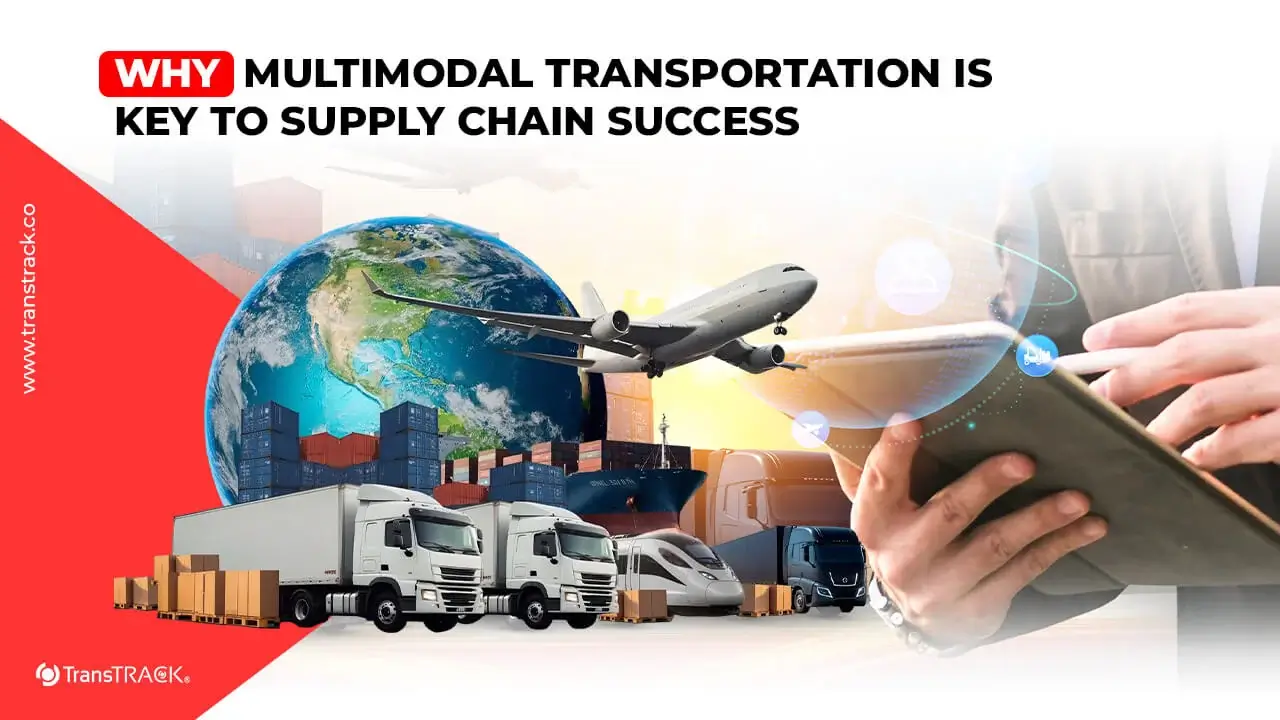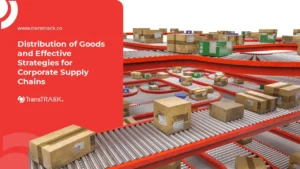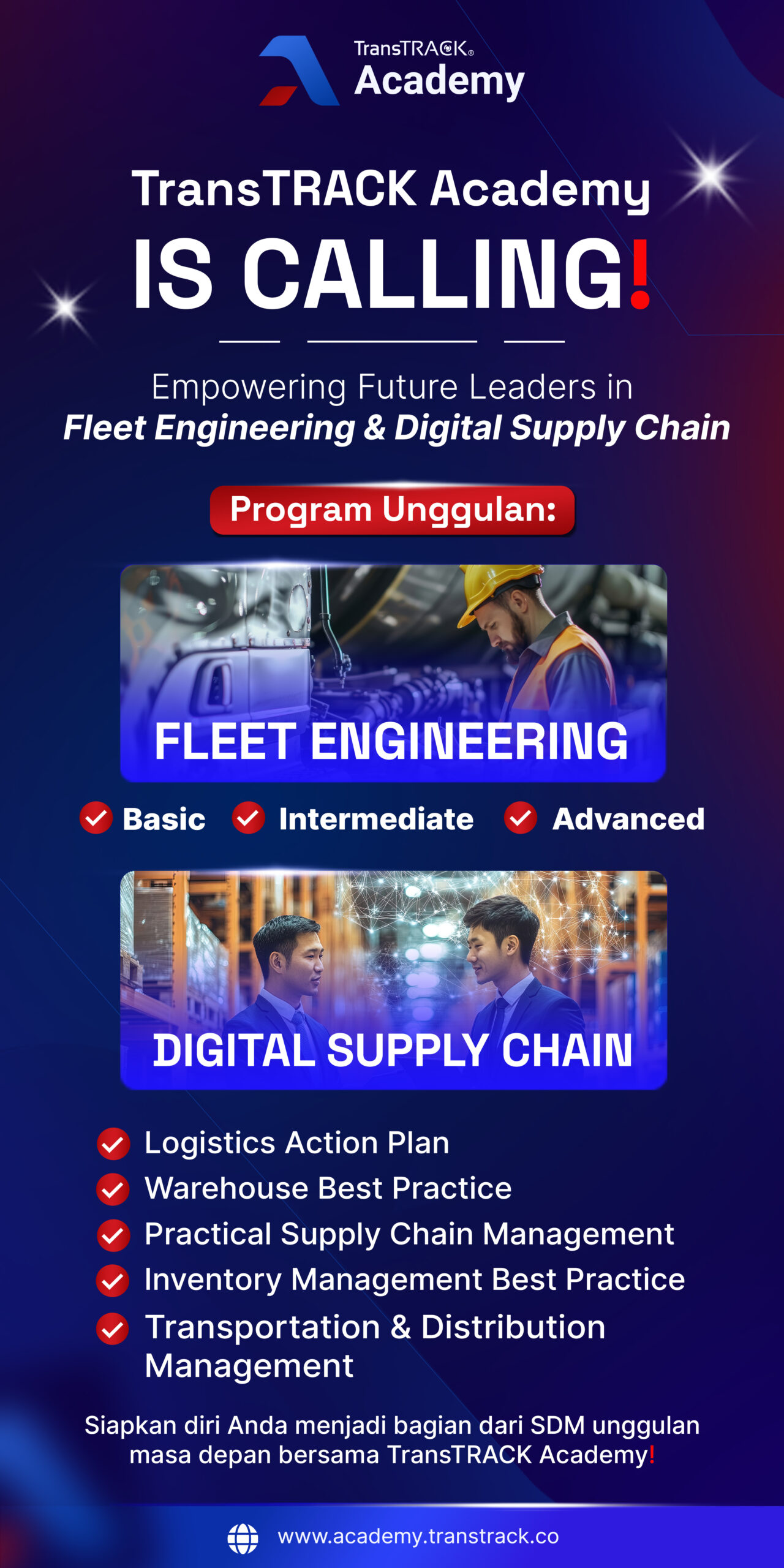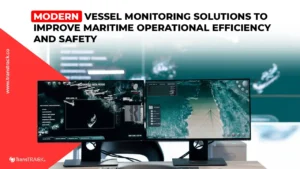Why Multimodal Transportation is Key to Supply Chain Success
Posted on June 30, 2025 by Nur Wachda Mihmidati

In the increasingly complex and dynamic world of logistics, the need for an efficient and integrated transportation system is becoming increasingly important. One solution that is widely adopted by logistics companies and industries is multimodal transportation – a delivery system that combines two or more modes of transportation in a series of trips that are managed in an integrated manner.
By leveraging the strengths of each mode of transportation, multimodal systems not only expand the distribution reach, but also reduce costs, save time, and improve delivery security. Along with the development of digital technology, the implementation of multimodal transportation is now easier through various sophisticated and adaptive support systems for operational needs.
This article TransTRACK will discuss the benefits of multimodal transportation, its differences with intermodal systems, and the technology that supports its success, including the use of Transportation Management System (TMS) as the main solution in managing multimodal logistics.
What is multimodal transportation?
Multimodal transportation is a system of transporting goods or passengers using more than one type of transportation mode (such as land, sea, air, or rail) in a series of trips, but arranged in an integrated manner under one logistics contract or manager.
Benefits of Multimodal Transportation
Multimodal transportation offers various advantages over traditional transportation systems that only rely on one type of mode. By combining multiple modes of transportation in one integrated system, the distribution process becomes more effective and adaptive to various logistics needs. Here are some of the main benefits of implementing multimodal transportation:
1. More Efficient Delivery
Multimodal transportation allows the freight process to be coordinated by a single carrier. This reduces waiting time, speeds up the transit process, and increases overall efficiency.
2. Wider Distribution Reach
By combining multiple modes of transportation such as land, sea, air, and rail, shipments can reach areas that were previously difficult to access if only one mode was used. This expands the scope of distribution geographically.
3. Cost and Time Reduction
Intermodal integration makes route planning more optimal, thus reducing operational costs and travel time. This efficiency is also supported by the use of standardized containers that speed up the loading and unloading process.
4. Reduced Risk of Goods Damage
As goods are handled systematically and intermodally with less manual intervention, the risk of damage, loss, or mishandling of goods is minimized. Containerization also provides additional protection during travel.
What is the difference between multimodal and intermodal transportation?
The difference between multimodal transportation and intermodal lies in the aspects of transportation management, documentation, and responsibility, although both involve more than one mode of transportation.
Here is the full comparison:
| aspect | Multimodal Transportation | Intermodal Transportation |
| Definition | Transportation of goods using two or more modes in one system managed by one operator/logistician | Transportation of goods using two or more modes, but each mode is managed by a different party. |
| Transport Document | One single document (Multimodal Transport Document) | Several separate documents for each mode of transportation |
| Responsibility | One operator/logistics is fully responsible from the point of origin to the final destination | Each mode provider is responsible only for its segment of the journey |
| Coordination | Centralized and integrated | Separate and need coordination between mode providers |
| Example | Truck + Ship, managed by one logistics company | Truck → handed over to shipping company → continue to train, each managed by themselves |
Simple Example:
- Multimodal: You hand over the goods to one logistics service provider, and they take care of shipping the goods via trucks and ships all the way to the final destination. You only need one contract and one point of contact.
- Intermodal: You arrange shipment via truck to the port, then work with the ship operator for the next stage, and so on. Each stage requires a separate contract and coordination.
Conclusion:
- Use multimodal if you want simpler, more efficient management and the responsibility of delivery lies with one party.
- Use intermodal if you manage the logistics process yourself and want flexibility in choosing carriers per mode.
Multimodal Transportation Supporting Technology
To ensure that multimodal transportation operations run efficiently, transparently, and coordinated, the right technological support is needed. Various digital systems and software have been developed to facilitate route management, goods monitoring, and intermodal integration. Here are the main technologies that support this system:
1. Transport Management System (TMS)
A TMS is a software system used to plan, execute, and optimize the process of transporting goods. In a multimodal context, a TMS helps organize schedules of different modes, manage routes and costs, and handle shipping documents.
Benefits: operational efficiency, cost savings, and data-driven decision making.
2. Visibility Tools and Tracking System
These technologies allow freight owners and logistics operators to monitor the position and status of shipments in real-time, even when goods move between modes. Tracking systems are typically integrated with IoT sensors, GPS, or RFID devices.
Benefits: increases transparency, reduces the risk of loss, and enables rapid response to disruptions in the distribution channel.
3. Digital Multimodal Booking Platform
This digital platform allows users to book cross-modal transportation services in an integrated manner through one system. The system makes it easy to compare prices, select the best route, and manage documents and payments in one place.
Benefits: ease of access, administrative efficiency, and flexibility in choosing a combination of modes.

Multimodal transportation has become a strategic solution to modern logistics challenges that demand efficiency, speed, and accuracy of distribution. With the support of technologies such as Transport Management System (TMS), visibility tools, and integrated digital platforms, managing cross-modal shipments can now be done in a more integrated and reliable manner.
To ensure the implementation of multimodal transportation runs optimally, the use of Transportation Management System from TransTRACK is the right step. TransTRACK delivers a system capable of managing your entire transportation chain-from route planning, real-time monitoring, to data integration and reporting-in one smart and easy-to-use platform.
Improve your logistics efficiency today with TransTRACK’s TMS solution. Contact us now for a free demo and consultation.
Recent Post
Topic :
Recommended Articles

 Bahasa Indonesia
Bahasa Indonesia








